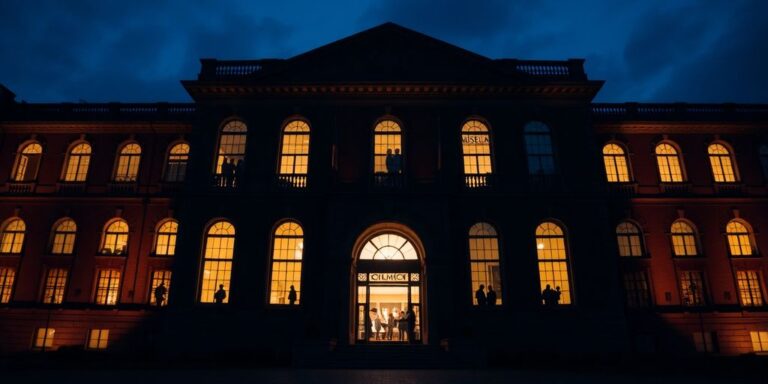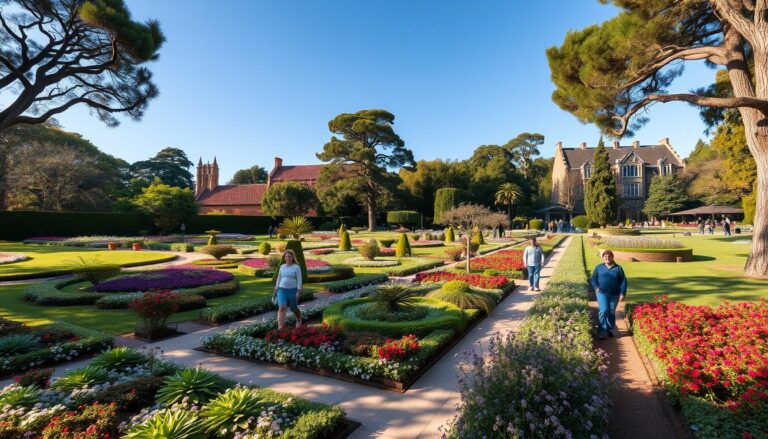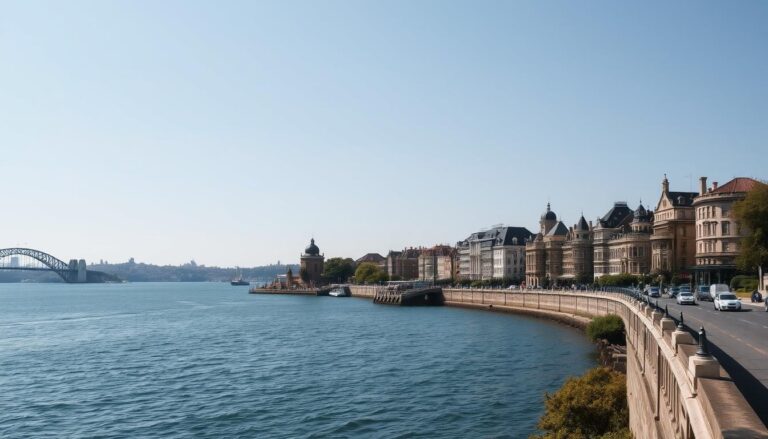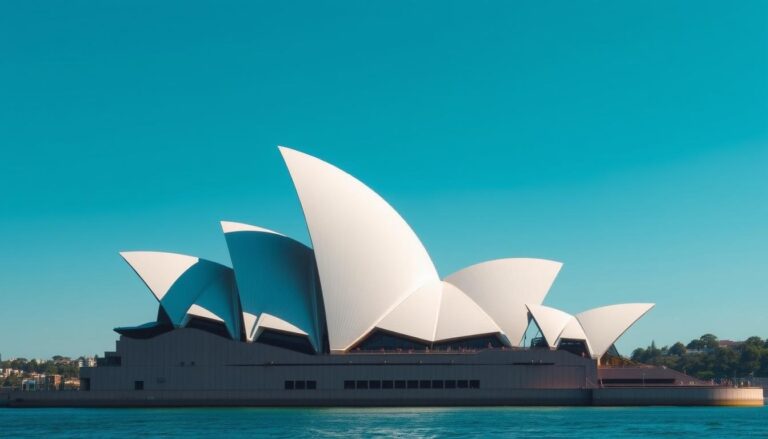Heritage conservation in Sydney represents a delicate balance between preserving the city’s rich historical legacy and accommodating modern development needs. From colonial-era buildings to Victorian terraces and Art Deco masterpieces, Sydney’s architectural heritage tells the story of Australia’s evolution from a penal colony to a vibrant global city. This article explores the challenges facing heritage conservation efforts and highlights inspiring success stories that demonstrate how thoughtful preservation can enhance urban environments while honoring the past.
Why Heritage Conservation in Sydney Matters
The Rocks district showcases successful heritage conservation in Sydney’s oldest neighborhood
Sydney’s heritage buildings and conservation areas provide tangible links to our past, offering insights into historical construction techniques, architectural styles, and social history. Beyond their cultural significance, these structures contribute to Sydney’s unique character and sense of place, distinguishing it from other global cities.
Heritage conservation in Sydney also delivers economic benefits through heritage tourism, which attracts visitors specifically interested in experiencing historic sites. According to the NSW Heritage Council, heritage tourism contributes significantly to the state’s economy, with heritage visitors typically staying longer and spending more than other tourists.
Additionally, conservation practices often align with sustainability goals by reusing existing buildings rather than demolishing and rebuilding—reducing waste, conserving embodied energy, and minimizing the carbon footprint of development projects.
Key Challenges in Heritage Conservation

Development Pressure and Economic Considerations
As Sydney continues to grow, development pressure presents one of the greatest challenges to heritage conservation. High land values, particularly in central areas where many heritage buildings are located, create economic incentives for demolition and redevelopment. Property owners often face difficult decisions when maintenance and restoration costs exceed potential returns from heritage properties.
The Sydney Development Control Plan attempts to balance these competing interests, but tensions remain between development needs and conservation goals. This challenge is particularly evident in suburbs like Pyrmont and Ultimo, where industrial heritage has been partially sacrificed for urban renewal.
Funding Gaps for Conservation Projects

Inadequate funding represents another significant hurdle for heritage conservation in Sydney. Restoration and maintenance of historic buildings often require specialized skills and materials that come at premium costs. While grants are available through the NSW Heritage Grants Program, these rarely cover the full expense of major conservation projects.
Private owners of heritage-listed properties bear much of the financial burden for maintenance, sometimes without sufficient support or incentives. This funding gap has led to the deterioration of significant buildings across Sydney, particularly those without obvious commercial potential.
Technical and Regulatory Complexities
Heritage conservation involves navigating complex regulatory frameworks and technical challenges. Property owners in heritage conservation areas must comply with specific guidelines that can be difficult to interpret and implement. As noted by heritage experts at National Trust NSW, finding the right balance between authentic restoration and practical adaptation requires specialized knowledge.
Additionally, upgrading historic buildings to meet modern standards for accessibility, fire safety, and energy efficiency presents technical challenges that can be costly to address while maintaining heritage values. These complexities sometimes discourage owners from undertaking conservation projects.
Success Stories in Sydney’s Heritage Conservation
The Rocks: From Demolition to Destination

The Rocks stands as perhaps Sydney’s most celebrated heritage conservation success story. In the 1970s, this historic area faced demolition for expressway construction and high-rise development. Public protests led by the Builders Labourers Federation through their famous “green bans” halted these plans, saving what is now one of Sydney’s most valuable cultural and tourism precincts.
Today, The Rocks demonstrates how heritage conservation can drive economic success. Its carefully preserved colonial buildings house museums, galleries, restaurants, and shops that attract millions of visitors annually. The Sydney Harbour Foreshore Authority continues to manage this precinct with a focus on balancing conservation with commercial viability.
Adaptive Reuse: Carriageworks and The Mint

Adaptive reuse represents one of the most successful approaches to heritage conservation in Sydney. Carriageworks in Eveleigh, formerly the Eveleigh Railway Workshops, has been transformed from a derelict industrial site into Australia’s largest multi-arts center while preserving its industrial character and historical significance.
Similarly, The Mint on Macquarie Street, originally part of the “Rum Hospital” and later the Royal Mint, has been brilliantly adapted to house the headquarters of Museums of History NSW. This project, completed in 2005, won multiple architecture awards for its sensitive integration of contemporary elements with the historic structure.
These examples demonstrate how heritage buildings can be given new life through thoughtful adaptation that respects their historical significance while meeting contemporary needs.
Queen Victoria Building: Commercial Success Through Conservation

The Queen Victoria Building (QVB) exemplifies how commercial viability and heritage conservation can work hand in hand. Built in 1898 and falling into disrepair by the 1950s, the QVB was nearly demolished before undergoing an award-winning restoration in the 1980s.
Today, this magnificent Victorian-era building houses luxury retail stores while maintaining its architectural splendor. The restoration preserved original features including stained glass windows, intricate tilework, and the central dome, creating a shopping destination that attracts both locals and tourists specifically for its heritage value.
The QVB’s success has influenced other commercial heritage projects in Sydney, demonstrating that conservation can be commercially viable when executed thoughtfully. Learn more about this iconic building’s history through the QVB’s official heritage information.
Effective Approaches to Heritage Conservation in Sydney

Balancing Preservation with Practical Use
Successful heritage conservation in Sydney increasingly focuses on finding the right balance between preserving historical authenticity and enabling practical contemporary use. The Burra Charter, developed by Australia ICOMOS (International Council on Monuments and Sites), provides guiding principles for this approach, advocating for “changing as much as necessary but as little as possible.”
This balanced approach is evident in projects like the State Library of NSW’s Mitchell Building, where historic reading rooms have been preserved while technology and facilities have been sensitively updated to meet modern expectations. The NSW Heritage Council guidelines provide valuable resources for property owners seeking to achieve this balance.
Community Engagement and Education

Community engagement has proven crucial to successful heritage conservation in Sydney. When local communities understand and value their heritage, they become powerful advocates for its protection. Organizations like the National Trust of Australia (NSW) play important roles in raising awareness through heritage festivals, open days, and educational programs.
Digital initiatives are also expanding community engagement with heritage. The Sydney Living Museums’ virtual tours and the City of Sydney’s historical walking tour apps help connect new audiences with the city’s heritage, building broader support for conservation efforts.
Innovative Funding Models
Addressing the funding challenges of heritage conservation requires innovative approaches. Some successful models in Sydney include:
- Transfer of heritage floor space schemes, allowing owners of heritage buildings to sell unused development potential to developers in other areas
- Public-private partnerships, as seen in the restoration of Sydney Town Hall
- Heritage tourism initiatives that generate revenue for ongoing conservation
- Corporate sponsorship of significant heritage projects
These funding innovations help bridge the gap between conservation costs and available resources, making more heritage projects viable in the long term.
Future of Heritage Conservation in Sydney

The future of heritage conservation in Sydney faces both challenges and opportunities. Climate change presents new threats to heritage buildings through increased storms, flooding, and temperature extremes. Conservation approaches will need to incorporate climate resilience while maintaining heritage values.
Digital technologies offer exciting possibilities for heritage documentation and interpretation. 3D scanning, virtual reality, and augmented reality can capture detailed records of heritage places and provide immersive experiences for visitors, even when physical access is limited.
As Sydney continues to grow, integrating heritage conservation with urban planning will become increasingly important. The NSW Government’s Heritage Act Review aims to strengthen heritage protection while streamlining processes, potentially addressing some of the regulatory challenges currently facing conservation projects.
Supporting Sydney’s Heritage Conservation Efforts

Heritage conservation in Sydney requires ongoing commitment from government, property owners, and the broader community. Despite the challenges, the success stories highlighted in this article demonstrate that thoughtful conservation can deliver cultural, social, and economic benefits for the city.
For those interested in supporting heritage conservation efforts, there are many ways to get involved:
- Visit heritage sites to support their ongoing operation
- Join heritage advocacy organizations like the National Trust
- Participate in heritage festivals and open days
- Consider heritage impacts when supporting development proposals
- If you own a heritage property, seek expert advice on appropriate maintenance and conservation
Discover Sydney’s Heritage
Experience the rich history and architectural beauty of Sydney’s heritage buildings firsthand by visiting these remarkable sites. Your support helps ensure these treasures are preserved for future generations.
Through collaborative efforts and innovative approaches, Sydney can continue to protect and celebrate its unique heritage while evolving as a dynamic, modern city. The balance between conservation and development will always present challenges, but the value of preserving our shared history makes these efforts worthwhile.






